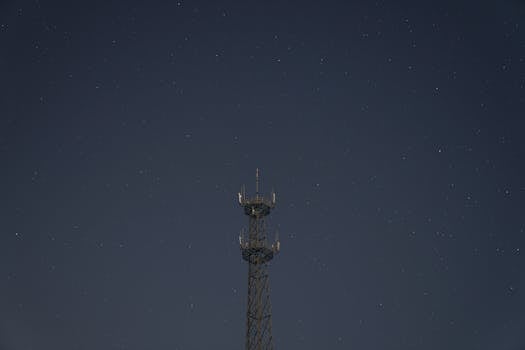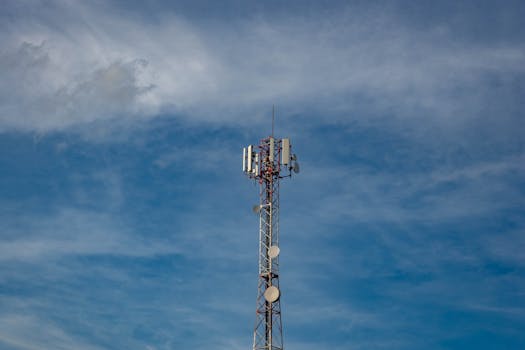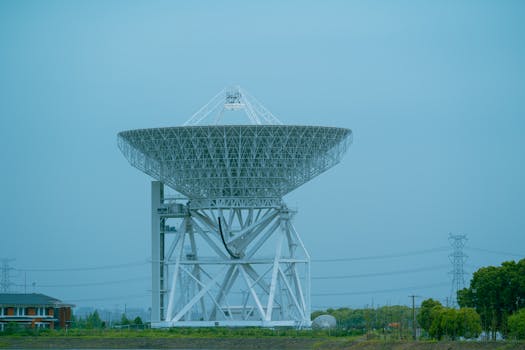Revolutionizing Connectivity: The Latest Breakthroughs in Satellite Telecommunications
The latest advancements in satellite telecommunications are transforming the way we connect and communicate. With improved speeds, lower latency, and increased accessibility, satellite technology is bridging the gap between urban and rural areas, and enabling global connectivity like never before.

Revolutionizing Connectivity: The Latest Breakthroughs in Satellite Telecommunications
Revolutionizing Connectivity: The Latest Breakthroughs in Satellite Telecommunications are transforming the way we communicate and access information. The latest advancements in satellite technology have made it possible to provide high-speed internet, voice, and data services to even the most remote and underserved areas of the world.
Satellite telecommunications have come a long way since the launch of the first commercial satellite, Intelsat 1, in 1965. Today, satellite technology is being used to provide a wide range of services, including broadband internet, mobile connectivity, and television broadcasting. With the increasing demand for global connectivity, satellite telecommunications are playing a vital role in bridging the gap between urban and rural areas, and enabling communication and access to information for people all over the world.
Advancements in Satellite Technology

Recent advancements in satellite technology have led to the development of high-throughput satellites (HTS), which are capable of providing speeds of up to 100 Gbps. These satellites use advanced technologies such as spot beams and frequency reuse to increase the amount of data that can be transmitted. Additionally, the use of Ka-band and Q/V-band frequencies has enabled the provision of higher speeds and lower latency.
Another significant development in satellite technology is the use of low-Earth orbit (LEO) satellites. LEO satellites are smaller and less expensive than traditional geostationary satellites, and they offer lower latency and higher speeds. Companies such as SpaceX and OneWeb are launching constellations of LEO satellites to provide global internet coverage and enable a wide range of applications, including IoT, 5G, and more.
Applications of Satellite Telecommunications

Satellite telecommunications have a wide range of applications, including broadband internet, mobile connectivity, television broadcasting, and more. Satellite internet is being used to provide connectivity to rural and underserved areas, where traditional terrestrial infrastructure is limited or non-existent. Mobile satellite services are being used to provide connectivity to people on-the-go, including emergency responders, military personnel, and travelers.
Satellite television broadcasting is being used to provide entertainment and information to people all over the world. With the increasing demand for high-definition and 4K video, satellite television is becoming an essential part of modern entertainment. Additionally, satellite telecommunications are being used to enable a wide range of emerging applications, including IoT, 5G, and more.
Challenges and Future Directions

Despite the many advancements in satellite telecommunications, there are still several challenges that need to be addressed. One of the main challenges is the high cost of launching and operating satellites. Additionally, the increasing amount of space debris in Earth’s orbit is becoming a major concern, and there is a need for sustainable and responsible practices in the satellite industry.
Looking to the future, satellite telecommunications are expected to play an even more vital role in enabling global connectivity and access to information. With the increasing demand for emerging applications such as IoT and 5G, satellite technology is being developed to meet these needs. Additionally, the use of satellite telecommunications is expected to increase in areas such as aviation, maritime, and emergency response, where reliable and secure connectivity is essential.
See more:




